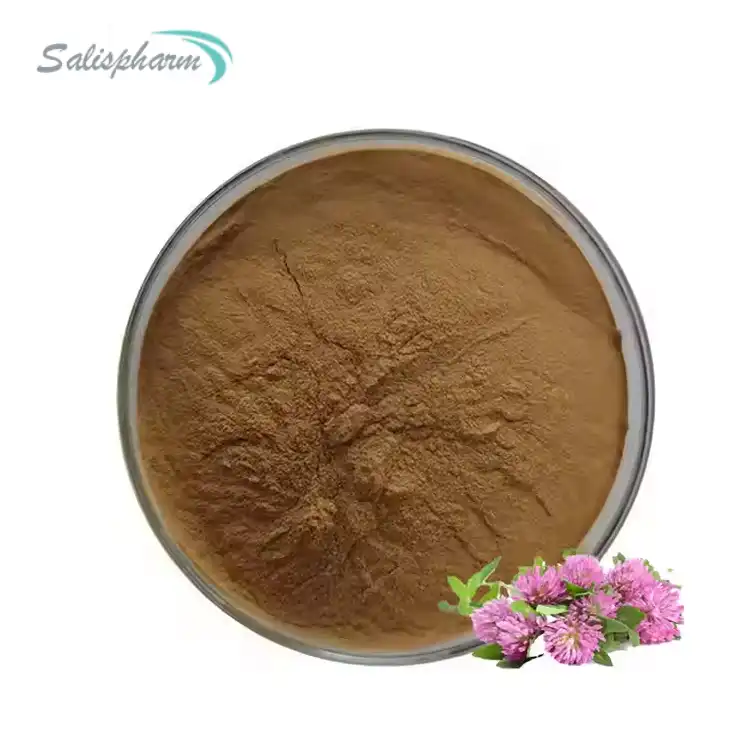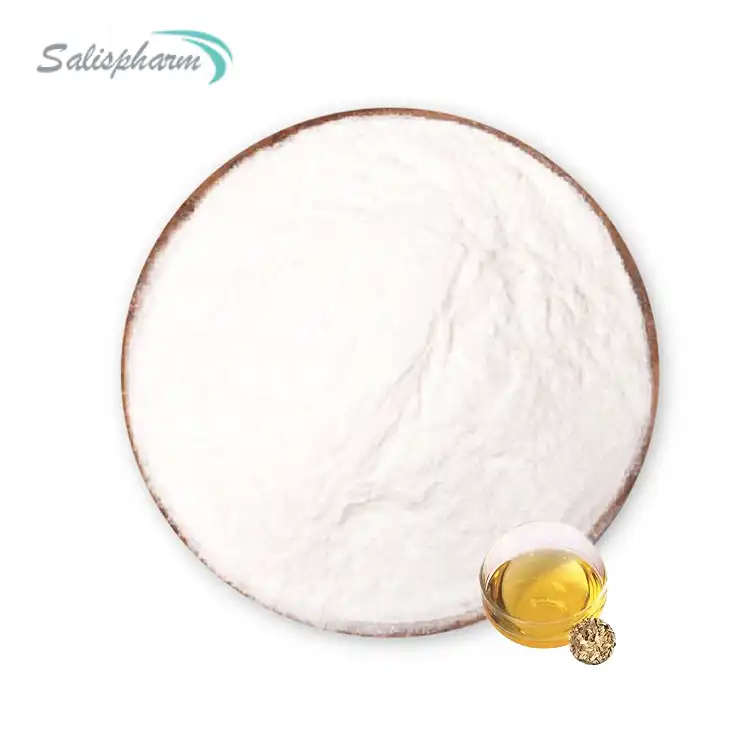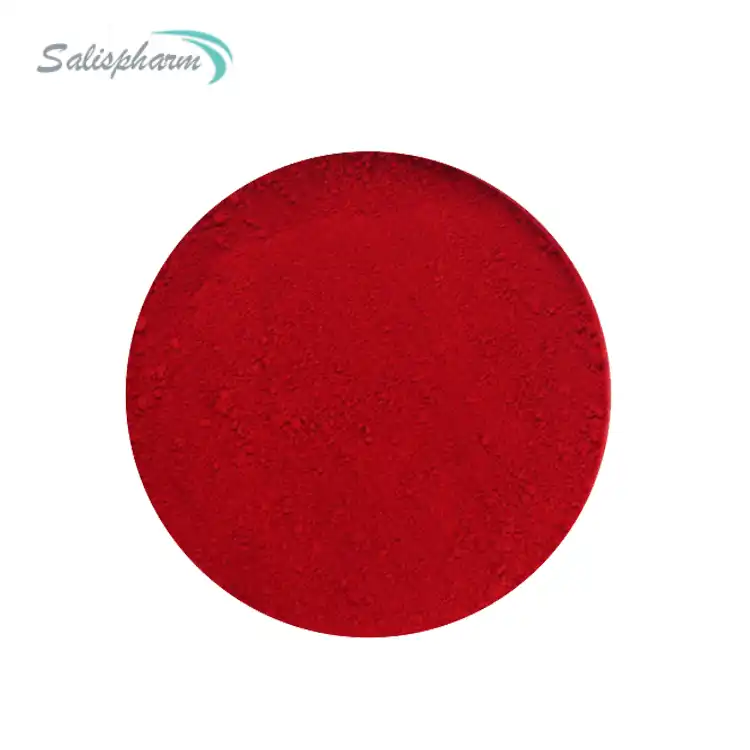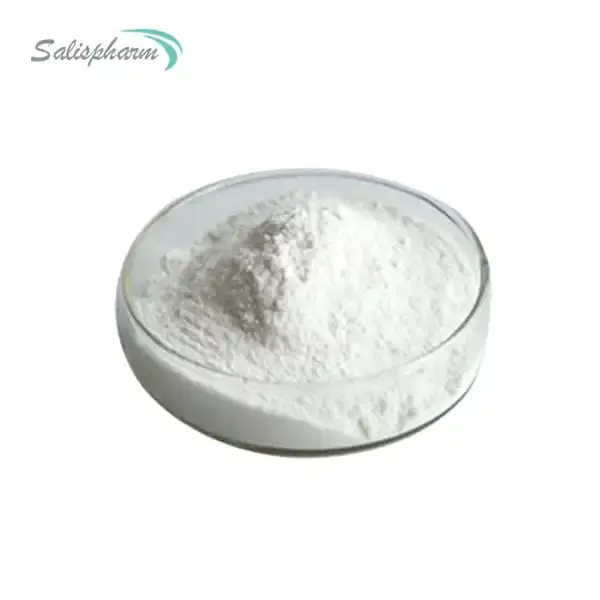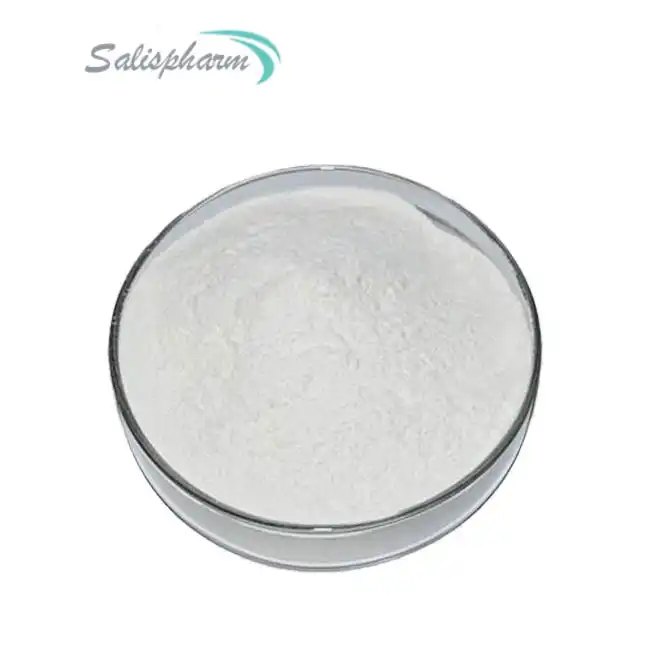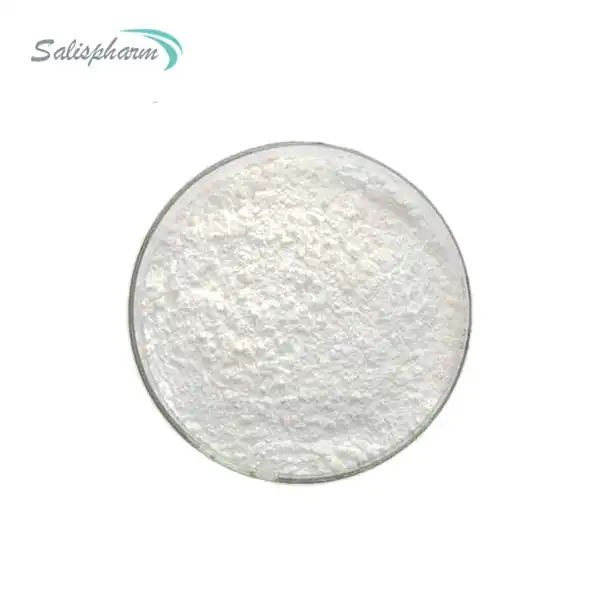Lidocaine, a widely used local anesthetic, is available in various forms, including powder. While lidocaine is known for its numbing properties, the question arises whether its powder form can effectively relieve pain. In this blog, we'll explore the potential of lidocaine powder as a pain reliever, its applications, and the necessary precautions to consider.
How Does Lidocaine Powder Work as a Pain Reliever?
Lidocaine powder, when applied topically, can provide localized pain relief by blocking the transmission of pain signals from the affected area to the brain. This numbing effect is achieved through the interference of sodium channels in nerve cells, preventing them from generating and propagating action potentials. However, it's important to note that lidocaine powder is not typically recommended for systemic pain management, as its effects are primarily localized.
The mechanism of action of lidocaine powder involves temporarily blocking sodium channels in nerve cell membranes. When these channels are blocked, the nerve cells cannot generate or transmit electrical impulses, which are responsible for carrying pain signals to the brain. This interruption in the pain signaling pathway results in a numbing sensation in the area where the powder is applied.
The effectiveness of lidocaine powder as a pain reliever depends on several factors, including the concentration of the powder, the area of application, and the underlying cause of pain. In general, lidocaine powder is most effective for temporary relief of minor aches, burns, or surface-level pain. It may also be used to alleviate discomfort associated with certain medical procedures or conditions, such as minor skin procedures or insect bites.
The onset of action for lidocaine powder can vary depending on the specific formulation and application method. Typically, the numbing effect begins within a few minutes of application and can last for up to several hours. However, the duration of pain relief may be shorter in areas with increased blood flow or when the powder is applied to larger surface areas.
It's worth noting that while lidocaine powder can be effective for localized pain relief, it may not be suitable for deep or chronic pain conditions. In such cases, other forms of pain management, such as oral medications or injectable anesthetics, may be more appropriate.
However, it's crucial to follow proper application guidelines and dosage instructions provided by healthcare professionals or reputable sources. Improper use or excessive dosage of lidocaine powder can lead to adverse effects, including numbness in unintended areas, allergic reactions, or even systemic toxicity if absorbed in large quantities.
What are the Potential Uses of Lidocaine Powder?
Lidocaine powder has various potential uses in both medical and non-medical settings. In healthcare, it may be used as a topical anesthetic before minor procedures, such as injections, biopsies, or the removal of superficial skin lesions. It can also provide relief from certain types of nerve pain, such as postherpetic neuralgia (pain after shingles) or diabetic neuropathy.
In dermatology, lidocaine powder can be particularly useful for managing pain associated with minor skin procedures. For example, it may be applied before laser treatments, chemical peels, or microneedling to minimize discomfort during these cosmetic procedures. Additionally, lidocaine powder can be beneficial in managing pain related to skin conditions such as sunburns, minor cuts, or abrasions.
Dentistry is another field where lidocaine powder finds application. It can be used to numb the gums before minor dental procedures or to provide temporary relief from toothaches. However, it's important to note that dental use of lidocaine powder should always be under the supervision of a dental professional.
In sports medicine, lidocaine powder may be used to provide temporary relief from muscle soreness or minor sports injuries. Athletes might use it to manage pain associated with sprains, strains, or bruises. However, it's crucial to emphasize that lidocaine powder should not be used as a substitute for proper medical evaluation and treatment of sports injuries.
Outside of medical settings, lidocaine powder may be used for temporary relief of minor aches, muscle soreness, or skin irritations. Some individuals may use it for pain management during activities like tattooing or body piercings, though it's essential to consult with professionals to ensure proper application and safety.
In veterinary medicine, lidocaine powder can also be used for minor procedures on animals, such as wound cleaning or small sutures. However, as with human use, it's crucial to consult with a veterinarian before applying lidocaine powder to pets or livestock.
It's important to note that lidocaine powder should not be used as a substitute for seeking medical attention or treating serious injuries or underlying medical conditions. Its use should be limited to minor, temporary relief, and any persistent or severe pain should be evaluated by a healthcare professional.
What Are the Potential Risks and Precautions with Lidocaine Powder?
While lidocaine powder can be an effective topical pain reliever when used correctly, there are potential risks and precautions to consider. One of the main concerns is the risk of systemic absorption, which can occur if the powder is applied to large areas of the body or if it is used excessively. Systemic absorption can lead to lidocaine toxicity, which can cause adverse effects such as dizziness, drowsiness, seizures, and even cardiovascular complications in severe cases.
The risk of systemic absorption is particularly high when lidocaine powder is applied to areas with increased blood flow, such as mucous membranes or damaged skin. It's crucial to avoid applying the powder to open wounds, cuts, or abraded skin, as this can significantly increase the rate of absorption into the bloodstream.
Symptoms of lidocaine toxicity can range from mild to severe and may include:
- Numbness or tingling of the lips and tongue
- Metallic taste in the mouth
- Lightheadedness or dizziness
- Ringing in the ears (tinnitus)
- Blurred or double vision
- Muscle twitching or tremors
- Seizures
- Respiratory depression
- Cardiovascular collapse (in severe cases)
If any of these symptoms occur after using lidocaine powder, it's crucial to seek immediate medical attention.
Additionally, lidocaine powder should not be used on open wounds or broken skin, as it can increase the risk of absorption and potential complications. It's also important to avoid using lidocaine powder near mucous membranes or sensitive areas, such as the eyes or mouth, as it can cause irritation and potential adverse reactions.
Allergic reactions to lidocaine, although rare, can occur. Symptoms of an allergic reaction may include skin rash, itching, swelling, or difficulty breathing. If any signs of an allergic reaction are observed, discontinue use immediately and seek medical help.
Individuals with certain medical conditions, such as liver or kidney disease, may be at a higher risk of developing lidocaine toxicity and should exercise caution or avoid using lidocaine powder without consulting a healthcare professional. Patients with heart conditions, especially those with conduction disorders or a history of arrhythmias, should also use lidocaine powder with caution, as it can potentially exacerbate these conditions if absorbed systemically.
Pregnant women and nursing mothers should consult their healthcare providers before using lidocaine powder, as its safety during pregnancy and lactation has not been fully established.
It's essential to follow the recommended dosage and application instructions carefully, and to seek medical advice if any adverse reactions or persistent pain occur. Lidocaine powder should never be ingested or used in ways other than its intended topical application. Always keep lidocaine powder out of reach of children to prevent accidental ingestion or misuse.
When using lidocaine powder, it's important to be aware of its potential interactions with other medications. Certain drugs, such as antiarrhythmic medications, beta-blockers, or cimetidine, can increase the risk of lidocaine toxicity. Always inform your healthcare provider about all medications you're taking before using lidocaine powder.
Conclusion
Lidocaine powder can be an effective topical pain reliever for minor, temporary discomfort when used correctly and with proper precautions. Its ability to provide localized numbness makes it a valuable tool in various medical and non-medical settings. From managing pain during minor medical procedures to providing relief from everyday aches and discomforts, lidocaine powder has a wide range of applications.
However, it's important to understand its limitations, potential risks, and appropriate use. The effectiveness of lidocaine powder can vary depending on factors such as the concentration, area of application, and individual response. While it can be highly effective for surface-level pain, it may not be suitable for deep or chronic pain conditions.
The potential risks associated with lidocaine powder, particularly the risk of systemic absorption and toxicity, underscore the importance of proper use and adherence to recommended dosages. Users should be vigilant for any signs of adverse reactions or toxicity and seek immediate medical attention if such symptoms occur.
Always consult with a healthcare professional before using lidocaine powder, especially if you have underlying medical conditions or persistent pain. They can provide guidance on whether lidocaine powder is appropriate for your specific situation and advise on proper application techniques and dosages.
Responsible and informed use of lidocaine powder can help manage minor pain, but it should not be relied upon as a substitute for addressing underlying medical issues or seeking appropriate medical treatment. For chronic or severe pain, or for conditions requiring more comprehensive pain management, it's essential to work with healthcare professionals to develop an appropriate treatment plan.
In conclusion, while lidocaine powder can be a valuable tool for pain relief, its use should be approached with caution and knowledge. By understanding its mechanisms, applications, and potential risks, individuals can make informed decisions about incorporating lidocaine powder into their pain management strategies, always prioritizing safety and effectiveness.
If you are also interested in this product and want to know more product details, or want to know about other related products, please feel free to contact iceyqiang@gmail.com.
References:
1. Al-Niaimi, F., & Ostlere, L. (2014). Topical lidocaine for pain relief in dermatological practice. Clinical and Experimental Dermatology, 39(3), 319-327.
2. Becker, D. E., & Reed, K. L. (2012). Local anesthetics: review of pharmacological considerations. Anesthesia Progress, 59(2), 90-102.
3. Butterworth, J. F., Mackey, D. C., & Wasnick, J. D. (2013). Morgan & Mikhail's Clinical Anesthesiology. McGraw-Hill Education.
4. FDA. (2020). Lidocaine Topical (Mucosal Solution, Gel, Ointment, and Patch) Information.
5. Guay, J. (2009). Adverse events associated with intravenous regional anesthesia (Bier block): a systematic review of complications. Journal of Clinical Anesthesia, 21(8), 585-594.
6. Juhlin, L. (1989). Local anesthetics for dermatological procedures. Journal of the American Academy of Dermatology, 20(6), 1020-1024.
7. Mick, G., & Cooper, G. M. (1995). Heat detection and analgesia in topical lidocaine-prilocaine cream. Anesthesia and Analgesia, 80(3), 495-498.
8. Rehman, H. U. (2011). Risk of lidocaine toxicity with tumescent liposuction. The American Journal of Drug and Alcohol Abuse, 37(3), 193-197.
9. Tong, Y. C., Ades, H. W., & Becker, D. E. (2014). Topical lidocaine for radial artery catheterization: a prospective, randomized, placebo-controlled trial. Anesthesia and Analgesia, 119(3), 603-608.
10. Wasiak, J., & Cleland, H. (2008). Lidocaine for pain relief in burn injured patients. Cochrane Database of Systematic Reviews, (3).

